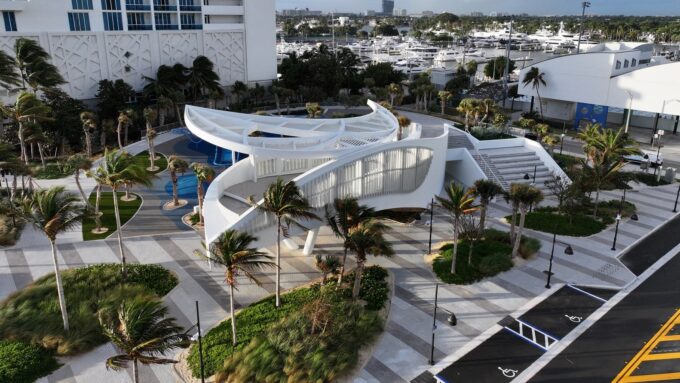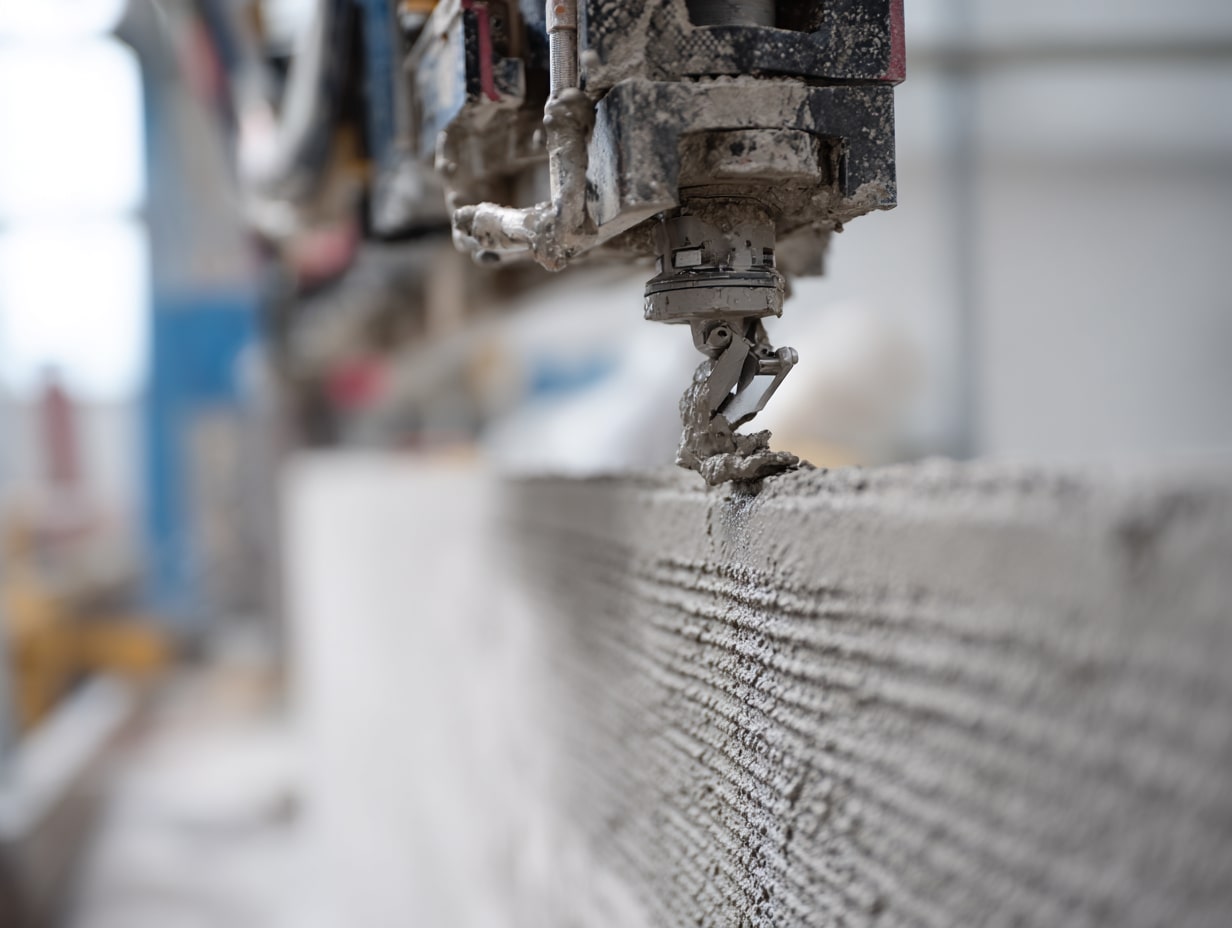- Home
- Articles
- Architectural Portfolio
- Architectral Presentation
- Inspirational Stories
- Architecture News
- Visualization
- BIM Industry
- Facade Design
- Parametric Design
- Career
- Landscape Architecture
- Construction
- Artificial Intelligence
- Sketching
- Design Softwares
- Diagrams
- Writing
- Architectural Tips
- Sustainability
- Courses
- Concept
- Technology
- History & Heritage
- Future of Architecture
- Guides & How-To
- Art & Culture
- Projects
- Interior Design
- Competitions
- Jobs
- Store
- Tools
- More
- Home
- Articles
- Architectural Portfolio
- Architectral Presentation
- Inspirational Stories
- Architecture News
- Visualization
- BIM Industry
- Facade Design
- Parametric Design
- Career
- Landscape Architecture
- Construction
- Artificial Intelligence
- Sketching
- Design Softwares
- Diagrams
- Writing
- Architectural Tips
- Sustainability
- Courses
- Concept
- Technology
- History & Heritage
- Future of Architecture
- Guides & How-To
- Art & Culture
- Projects
- Interior Design
- Competitions
- Jobs
- Store
- Tools
- More
How Do Innovative Spacing Ideas Elevate New Homes?

Modern homeowners aren’t settling for cookie-cutter layouts anymore. They’re demanding innovative spacing ideas that transform every square foot into something extraordinary. Today’s families need homes that adapt to their changing lifestyles, work demands, and social patterns.
Space optimization techniques have evolved from simple storage solutions to comprehensive design strategies that maximize both function and aesthetic appeal, creating living environments that truly elevate new homes.
Now that we’ve established the transformative potential of innovative spacing, let’s explore how revolutionary open-concept designs are breaking traditional barriers to create expansive, multi-functional living environments.
Table of Contents
ToggleRevolutionary Open-Concept Innovations That Redefine Modern Home Layouts
Modern home layouts are breaking free from restrictive wall-to-wall compartments. These fresh approaches create fluid spaces that serve multiple purposes without sacrificing privacy or functionality.
Five years after it was built, the waiting list for Marmalade Lane’s 42 homes is long enough to fill the development seven times over. This incredible demand shows just how much people crave thoughtfully designed spaces.
Multi-Level Living Zones Within Single Spaces
Split-level designs within open areas create distinct zones without physical barriers. Raised platforms define dining areas while sunken conversation pits establish intimate gathering spots. These elevation changes guide natural traffic flow and create visual interest that makes spaces feel larger than their actual footprint.
Floating Architectural Elements for Visual Expansion
Suspended staircases and floating kitchen islands eliminate visual clutter at floor level. These elements appear to defy gravity, creating an airy atmosphere that makes ceilings seem higher. The transparency underneath these features allows light to flow freely throughout the space.
Integrated Indoor-Outdoor Transition Spaces
Glass walls that disappear into pockets blur the lines between interior and exterior living. Covered outdoor kitchens extend indoor spaces seasonally, while retractable roof systems create flexible environments that adapt to weather conditions. Thoughtful design choices like multifunctional rooms, open floor plans, and built-in storage solutions help homeowners make the most of every square foot.
Concrete sidewalks offer excellent opportunities for beautiful spaces through decorative finishes, stamped patterns, and colored surfaces. Expert concrete pouring techniques enable the incorporation of curves, integrated planters, and artistic textures that transform simple walkways into attractive landscape features while maintaining durability and proper drainage.

While horizontal open-concept layouts maximize floor space, the next frontier lies in unlocking your home’s often-overlooked vertical potential. With the right approach, even compact homes can feel spacious, modern, and tailored to today’s dynamic lifestyles.
Smart Vertical Space Optimization Techniques for Contemporary Living
Smart vertical optimization can effectively double your usable space without expanding your home’s footprint. These techniques make every inch count from floor to ceiling.
Ceiling-Height Storage Solutions with Hidden Access
Floor-to-ceiling cabinets with integrated ladders or motorized lifts provide massive storage capacity. Hidden compartments behind false ceiling panels store seasonal items while maintaining clean sight lines. Magnetic catches and push-to-open mechanisms eliminate visible hardware.
Mezzanine Integration in Standard Height Rooms
Partial second levels create cozy reading nooks or office spaces without requiring cathedral ceilings. Steel frame construction keeps these additions lightweight while supporting substantial loads. Skylights above mezzanines prevent the spaces below from feeling cramped.
Vertical Garden Walls as Natural Room Dividers
Living walls serve dual purposes by purifying air while creating natural separation between spaces. Automated irrigation systems and grow lights ensure plants thrive year-round. These installations add texture and color while improving indoor air quality.
Beyond maximizing vertical space, today’s most successful homes feature adaptable layouts that transform based on immediate needs.
Flexible Room Transformation Strategies Using Advanced Design Methods
These flexible room transformation strategies ensure your space works harder and smarter for your evolving lifestyle. Home design trends increasingly favor adaptability over fixed-function rooms.
Modular Wall Systems for Instant Layout Changes
Track-mounted panels slide to reconfigure rooms within minutes. Acoustic properties vary by panel type, allowing quiet home offices to transform into entertainment spaces. Some systems incorporate whiteboards, storage, or display capabilities.
Murphy Furniture Integration Beyond Traditional Beds
Wall-mounted desks, dining tables, and even Murphy sofas maximize floor space when not needed. Modern mechanisms operate smoothly and safely, supporting substantial weight loads. These pieces often incorporate LED lighting and electrical outlets for full functionality.
Sliding Pocket Rooms for Space Multiplication
Entire rooms disappear into wall cavities when not needed. Guest bedrooms convert to exercise studios, while craft rooms become expanded living areas. Quality hardware ensures smooth operation even with frequent use.
While modular design provides physical flexibility, integrating cutting-edge technology takes space control to an entirely new level.
Cutting-Edge Technology Integration in Space Planning
Smart home automation and advanced tech solutions can instantly reshape how your spaces function with simple voice commands or app controls. Technology eliminates the friction between different room configurations.
Smart Home Automation for Dynamic Space Control
Automated lighting scenes instantly transform dining rooms into presentation spaces or bedrooms into meditation retreats. Climate control adjusts automatically as spaces change function. Motorized window treatments respond to the time of day and room usage.
LED Lighting Systems That Expand Visual Boundaries
Color-changing LEDs create mood-appropriate environments while strategically placed strips make walls appear to recede. Under-cabinet and toe-kick lighting eliminates shadows that make spaces feel smaller. Circadian rhythm lighting supports healthy sleep cycles.
Voice-Activated Furniture and Storage Solutions
Brent Cross Town in the UK is an £8 billion urban regeneration project featuring 6,700 new homes, workspaces for 25,000 people, a new high street, 50 acres of parks and playing fields, and a goal to achieve net zero by 2030. This massive undertaking shows how technology integration becomes essential at scale.

Motorized storage systems respond to voice commands, revealing hidden compartments or adjusting shelf heights. Smart mirrors display information while providing lighting for grooming tasks.
Technology may control your space, but clever storage solutions truly maximize its potential by eliminating visual clutter.
Sustainable Spacing Concepts That Reduce Environmental Impact
These sustainable approaches prove that responsible design and luxurious living aren’t mutually exclusive. Green spacing strategies often provide long-term cost savings.
Passive Solar Design for Natural Space Heating
Strategic window placement and thermal mass positioning reduce heating costs significantly. South-facing windows capture winter sun while overhangs block summer heat. Interior spaces are arranged around natural light patterns.
Rainwater Collection Systems Integrated into Architectural Features
Decorative rain chains and sculptural downspouts make water management beautiful. Underground cisterns store water for landscape irrigation. Visible collection elements become design features rather than utilitarian necessities.
Thermal Mass Optimization for Energy Efficiency
Stone and concrete elements absorb heat during the day and release it at night, stabilizing interior temperatures. Strategic placement maximizes effectiveness while serving as a design element. These materials often serve structural and aesthetic purposes simultaneously.
As sustainability becomes standard practice, emerging technologies are revolutionizing how we plan and adapt our living spaces.
Budget-Conscious Implementation of High-End Spacing Ideas
These cost-effective strategies help you achieve high-end spacing results without breaking the bank. Smart planning makes luxury features accessible to more homeowners.
DIY Modular Shelving Systems
Quality hardware and standard lumber create custom storage solutions at a fraction of built-in costs. Modular designs allow changes as needs evolve. Online tutorials provide professional-level installation guidance.
Repurposed Materials for Custom Room Dividers
Salvaged materials create unique design elements while supporting sustainability goals. Old doors become sliding panels while architectural salvage provides character. Creativity transforms waste into design features.
Phased Implementation Strategies for Gradual Upgrades
Priority matrices help identify which improvements provide the greatest impact first. Modular approaches allow additions over time without disrupting completed sections. Planning for future phases prevents costly modifications later.
With practical implementation strategies in mind, let’s address the most common questions homeowners have about incorporating these innovative spacing ideas into their own homes.
Transform Your Home Into Something Extraordinary
Innovative spacing ideas aren’t just design trends, they’re practical solutions that make homes work harder for modern families. From revolutionary open concepts to smart vertical solutions, these strategies prove that thoughtful design elevates new homes beyond traditional expectations.
Whether you’re building new or renovating existing space, these techniques create environments that adapt, inspire, and delight. Don’t just follow home design trends, create spaces that anticipate your future needs while maximizing every precious square foot today.
Your Questions About Innovative Home Spacing Answered
Can these spacing ideas work in older homes, or are they only for new construction?
Many spacing innovations adapt beautifully to existing homes through strategic renovations. Open concepts, vertical storage, and flexible furniture work particularly well in older structures.
Which spacing techniques provide the highest return on investment for resale value?
Open-concept layouts, smart storage solutions, and multi-functional spaces typically offer the strongest ROI while appealing to diverse buyer preferences and lifestyle needs.
Are there building code considerations when implementing unconventional spacing ideas?
Always consult local building codes and hire licensed professionals for structural modifications, especially when dealing with load-bearing walls or major renovations requiring permits.
illustrarch is your daily dose of architecture. Leading community designed for all lovers of illustration and #drawing.
Submit your architectural projects
Follow these steps for submission your project. Submission FormLatest Posts
3D Printed Homes: Time, Cost, and What to Expect
3D printed homes explained: realistic timelines (24–72h walls, 8–16 weeks total), true...
How a Contact Centre Boosts Trust in Your Building Business
In construction, trust is the glue that holds projects together. Clients need...
How Real Time Parcel Geolocation Is Redefining Last Mile Efficiency for Modern Businesses
Last mile delivery has become the most critical point in the customer...
How Can Small Spaces Stay Stylish and Relaxing?
In today’s fast-paced urban lifestyle, small living spaces are becoming increasingly common....













Leave a comment